Home>Garden Essentials>How Long To Grow Dragon Fruit From Seed
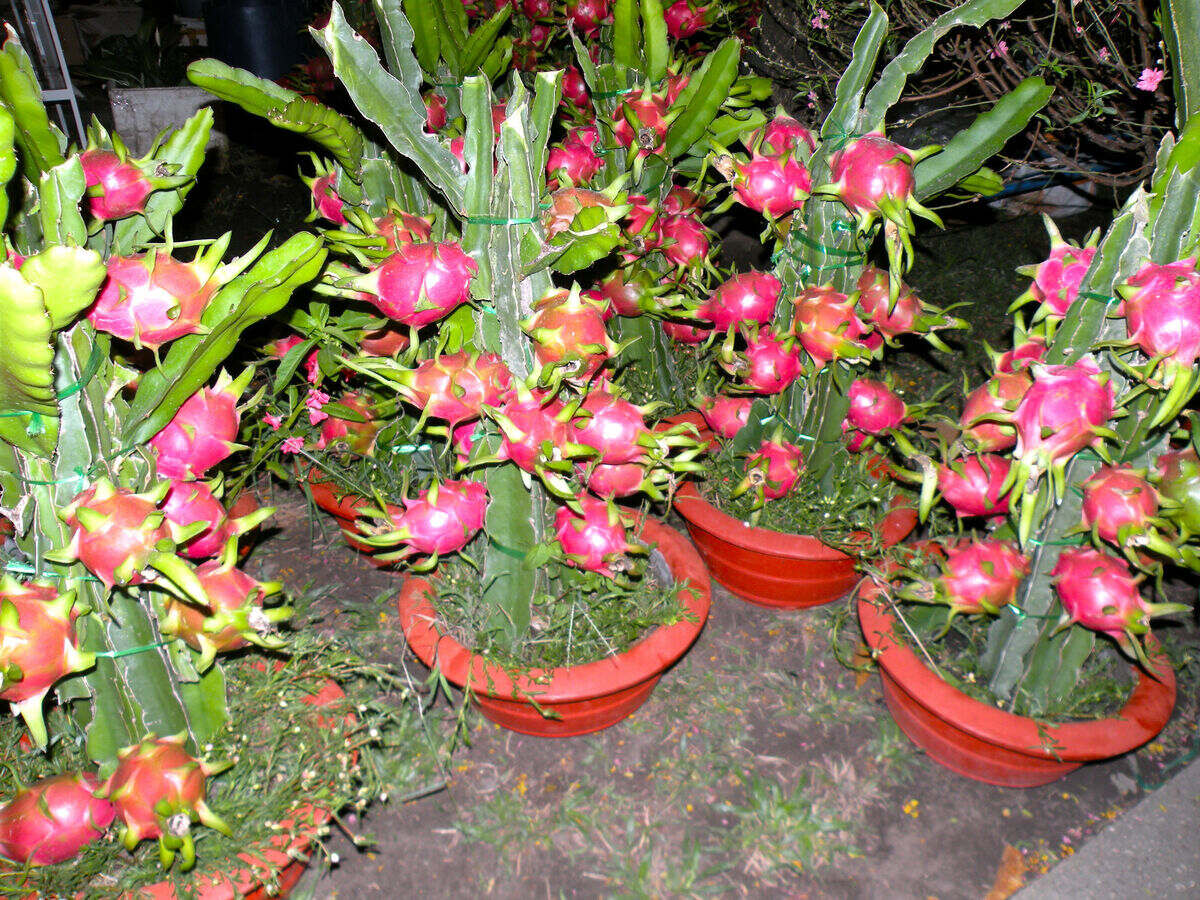

Garden Essentials
How Long To Grow Dragon Fruit From Seed
Modified: March 21, 2024
Learn how long it takes to grow dragon fruit from seed in your garden and get started on cultivating these exotic plants today.
(Many of the links in this article redirect to a specific reviewed product. Your purchase of these products through affiliate links helps to generate commission for Storables.com, at no extra cost. Learn more)
Introduction
Gardening enthusiasts and plant lovers are always on the lookout for new and exciting plants to add to their collection. If you’re someone who enjoys gardening, then you may have come across the fascinating dragon fruit. Known for its vibrant, otherworldly appearance and delicious taste, dragon fruit has gained popularity as a must-have plant in many gardens.
Dragon fruit, also known as pitaya, is a tropical fruit that is native to Central America. It is grown in various parts of the world, including Asia, Australia, and the United States. The fruit is prized for its distinctive shape and vibrant colors, making it a visually appealing addition to any garden.
While you can buy dragon fruit plants from nurseries or online sellers, growing dragon fruit from seed can be a rewarding experience. It allows you to witness the entire growth process, from seed to plant, and gives you the satisfaction of nurturing a plant from its humble beginnings.
In this article, we will explore the process of growing dragon fruit from seed, the benefits of doing so, and the factors that can affect the growth rate of dragon fruit. We will also discuss the germination process, transplanting and caring for seedlings, and the timeframe for dragon fruit seed growth. So, let’s dive into the world of dragon fruit and discover how long it takes to grow this magnificent plant from seed.
Key Takeaways:
- Growing dragon fruit from seed is a cost-effective and rewarding experience, allowing you to witness the entire growth process and potentially discover unique plant variations while fostering sustainable gardening practices.
- Patience is key when growing dragon fruit from seed, as the process involves stages of germination, seedling care, and eventual fruit production. The journey offers delightful rewards and culinary possibilities.
Read more: How To Grow Dragon Fruit From Seed
What is Dragon Fruit?
Dragon fruit, scientifically known as Hylocereus undatus, is a tropical fruit that comes from a species of cactus known as the night-blooming cereus. It is commonly found in regions with warm climates such as Southeast Asia, Central America, and parts of Australia.
Visually striking, the dragon fruit has a vibrant exterior with a scaly, pink, red, or yellow skin, resembling a dragon’s scales – hence the name. The skin is usually covered in small spines, which are soft and harmless to touch. However, it’s the flesh of the fruit that steals the show. Once sliced open, you’ll be greeted with a visually stunning sight of white or pink flesh speckled with tiny, edible black seeds.
The taste of dragon fruit is often described as a cross between a kiwi and a pear, with a subtle sweetness and a delicate hint of sourness. It has a refreshing and mildly tropical flavor that is both unique and delightful. The texture is similar to a kiwi as well, with a slightly firm exterior and a juicy, soft interior.
Dragon fruit is not only known for its visual appeal and delicious taste but also for its impressive nutritional profile. It is low in calories and rich in fiber, vitamin C, iron, and antioxidants. Additionally, dragon fruit contains beneficial compounds such as phytonutrients and polyphenols, which are known to have potential health benefits.
The versatility of dragon fruit extends beyond its consumption as a fresh fruit. It can also be used in a variety of culinary creations, such as smoothies, salads, desserts, and even cocktails. Its vibrant color and unique appearance make it a favorite ingredient for food presentation and garnishing.
Now that we have a clear understanding of what dragon fruit is and its many desirable characteristics, let’s explore the benefits of growing dragon fruit from seed.
Benefits of Growing Dragon Fruit from Seed
Growing dragon fruit from seed offers several advantages that make it an enticing option for gardeners and plant enthusiasts. Here are some of the key benefits:
- Cost-effective: Starting from seed is a more affordable option compared to buying established dragon fruit plants. Seeds are readily available and often come at a lower price point.
- Full growth experience: When you grow dragon fruit from seed, you have the opportunity to witness the entire growth process, from germination to a mature fruit-bearing plant. It’s a rewarding experience that allows you to connect with nature on a deeper level.
- Selection of desired variety: By growing from seed, you have the freedom to choose the specific variety of dragon fruit you want to grow. There are various cultivars available, each with unique characteristics, such as different fruit colors and flavors.
- Potential for genetic variation: Dragon fruit plants grown from seed may exhibit variations in characteristics, which can lead to the discovery of new and exciting variants. This can potentially result in plants with improved flavors, colors, or resistance to diseases.
- Healthier plants: Seed-grown dragon fruit plants tend to be healthier and have stronger root systems compared to propagated plants. This is because they develop their root system naturally, leading to better nutrient absorption and overall plant vitality.
- Sustainable gardening: Growing plants from seed is a sustainable gardening practice as it reduces the reliance on commercial suppliers and reduces the carbon footprint associated with transporting and packaging established plants.
- Sharing and trading: When you successfully grow dragon fruit from seed, you can share or trade the excess seedlings with fellow gardeners, fostering a sense of community and expanding the variety of plants in your garden.
Overall, growing dragon fruit from seed provides a fascinating and cost-effective way to add this exotic and nutritious fruit to your garden. Not only does it allow you to enjoy the full growth experience, but it also opens up possibilities for new variations and contributes to a more sustainable approach to gardening.
Next, let’s explore the various factors that can influence the growth rate of dragon fruit plants.
Factors Affecting the Growth Rate of Dragon Fruit
Several factors can impact the growth rate of dragon fruit plants. By understanding and optimizing these factors, you can create the ideal conditions for your plants to thrive. Here are some key factors to consider:
- Climate: Dragon fruit is a tropical plant that thrives in warm and humid environments. It prefers temperatures between 65-85°F (18-29°C) and high humidity levels. If you live in a cooler climate, you can still grow dragon fruit by providing it with a warm microclimate or by growing it in a greenhouse.
- Sunlight: Dragon fruit plants require plenty of sunlight to grow and produce fruit. They thrive in full sun, typically requiring at least 6 hours of direct sunlight per day. Ensure that you plant them in a location that receives ample sunlight, preferably in a south-facing position.
- Soil: Dragon fruit prefers well-draining soil that is rich in organic matter. A sandy loam or loamy soil with a slightly acidic to neutral pH level (around 6-7) is ideal. Avoid heavy clay soils, as they can lead to waterlogging and root rot. If your soil is heavy and compacted, consider amending it with organic matter or planting in raised beds.
- Watering: Proper watering is essential for the growth and development of dragon fruit plants. While they are drought-tolerant once established, they thrive with regular and sufficient watering, especially during the flowering and fruiting stages. Aim to keep the soil evenly moist, but not waterlogged, and adjust the watering frequency based on the climate and soil conditions.
- Fertilizer: Dragon fruit plants benefit from regular feeding with a balanced fertilizer. A fertilizer with a ratio of 10-10-10 or 14-14-14 is suitable for dragon fruit. Apply the fertilizer according to the manufacturer’s instructions, focusing on the period of active growth and fruiting. Remember to water the plants before and after fertilizing to prevent root burn.
- Pollination: Dragon fruit plants rely on pollinators, such as bees and bats, for successful fruiting. If you’re growing dragon fruit indoors or in an area with limited pollinators, hand-pollination can help ensure fruit set. Gently transfer pollen from the stamen of one flower to the stigma of another using a small brush or cotton swab.
- Pest and disease control: Monitor your dragon fruit plants regularly for common pests and diseases, such as mealybugs, scale insects, and fungal infections. Take preventive measures, such as pruning affected parts, using organic insecticides, and maintaining good airflow, to keep your plants healthy and minimize the risk of infestations.
By optimizing these factors and providing ideal growing conditions, you can promote healthy growth and maximize the yield of your dragon fruit plants. Next, we’ll delve into the process of germinating dragon fruit seeds.
Germinating Dragon Fruit Seeds
Germinating dragon fruit seeds is the first step in growing these fascinating plants from scratch. While it may seem daunting, with the right approach, you can successfully germinate dragon fruit seeds and watch them sprout into healthy seedlings. Here’s a step-by-step guide to germinating dragon fruit seeds:
- Seed Collection: Start by collecting fresh dragon fruit seeds. Cut open a ripe dragon fruit and scoop out the seeds from the flesh. Rinse the seeds thoroughly to remove any remaining fruit residue.
- Scarification: Dragon fruit seeds have a tough protective coating that can hinder germination. To improve their chances of germinating, you can scarify the seeds by gently nicking or scraping the outer layer with a knife, nail file, or sandpaper. This process helps in breaking the seed coat and allows moisture to penetrate.
- Soaking: After scarification, soak the seeds in water for 24-48 hours. This helps to rehydrate the seeds and jumpstart the germination process.
- Sowing: Fill small seed trays or pots with a well-draining seed-starting mix or a combination of peat moss and perlite. Place the scarified seeds on top of the soil, gently pressing them down to ensure good seed-to-soil contact. Cover the seeds with a thin layer of the seed-starting mix.
- Moisture and Warmth: Keep the soil consistently moist but not overly wet. You can cover the seed trays or pots with a clear plastic wrap to create a humid environment and retain moisture. Place them in a warm location with temperatures around 75-85°F (24-29°C) to promote germination.
- Germination: Dragon fruit seeds typically germinate within 1-4 weeks, although it may take longer in some cases. Keep a close eye on the seed trays and ensure that they are kept warm and moist throughout the germination period.
- Transplanting: Once the seedlings have developed a few true leaves and are large enough to handle, carefully transplant them into individual pots filled with a well-draining cactus or succulent potting mix. Provide them with bright, indirect light to encourage healthy growth.
- Hardening Off: Before planting the seedlings outdoors or in their permanent location, gradually expose them to extended periods of sunlight over a week or two. This process, known as hardening off, helps the seedlings acclimate to outdoor conditions.
By following these steps and providing the right conditions for germination, you can successfully grow dragon fruit seedlings. With patience and care, your seedlings will grow into mature plants that are ready for transplantation and eventual fruit production. Next, let’s explore the process of transplanting dragon fruit seedlings.
Dragon fruit seeds can take 3-6 weeks to germinate and 3-5 years to produce fruit. To speed up the process, use a heat mat for germination and provide a trellis for support as the plant grows.
Read more: How To Grow Yellow Dragon Fruit From Seeds
Transplanting Dragon Fruit Seedlings
Transplanting dragon fruit seedlings is a crucial stage in their growth journey. This is when the young plants are moved from their nursery pots into their permanent location where they will continue to grow and eventually bear fruit. Proper transplanting techniques will ensure the successful establishment of the seedlings. Here’s a step-by-step guide to transplanting dragon fruit seedlings:
- Choosing the Right Time: It’s important to wait until the seedlings have developed a strong root system and are sturdy enough to handle the transplanting process. This typically occurs when the seedlings are around 6-8 inches (15-20 cm) in height and have several sets of true leaves.
- Preparing the Planting Hole: Select a well-draining location in your garden that receives at least 6 hours of direct sunlight per day. Dig a planting hole that is deep and wide enough to accommodate the size of the seedling’s root ball. The hole should be slightly wider than the nursery pot to allow room for root expansion.
- Amending the Soil: Dragon fruit plants prefer a sandy loam or well-draining soil. If your soil is heavy or clay-like, consider adding organic matter, such as compost or well-rotted manure, to improve drainage and nutrient content. Mix the organic matter into the native soil before backfilling the planting hole.
- Transplanting the Seedling: Gently remove the seedling from its nursery pot, taking care not to damage the roots. Place the seedling into the planting hole, ensuring that it sits at the same depth it was in the nursery pot. Backfill the hole with soil, gently firming it around the roots to eliminate air pockets.
- Watering: After transplanting, thoroughly water the newly planted seedling to settle the soil and help with root establishment. Provide regular watering in the following weeks until the plant becomes established. Avoid overwatering, as excessively moist soil can lead to root rot.
- Staking: Depending on the size and condition of the seedling, you may need to provide support in the form of a stake or trellis. Attach the seedling to the stake using soft ties or string, being careful not to constrict the growth or damage the plant.
- Protecting from Harsh Environmental Conditions: If your area experiences strong winds, intense sunlight, or extreme temperatures, consider providing temporary shade or wind protection to the newly transplanted seedling. Use shade cloth or construct a temporary barrier until the plant becomes more established.
- Monitoring and Care: Regularly monitor the transplanted seedling for any signs of stress or pests. Maintain proper watering, weed control, and provide additional support as the plant grows taller. As the plant matures, it will develop aerial roots, which will help it attach to the support structure.
By following these transplanting guidelines, you can ensure a smooth transition for your dragon fruit seedlings into their permanent location. With proper care, the seedlings will establish themselves and continue on their growth journey towards eventually producing delicious dragon fruit. Next, let’s explore the essential care requirements for dragon fruit seedlings.
Caring for Dragon Fruit Seedlings
Proper care is essential for the healthy development of dragon fruit seedlings. By providing the right conditions and meeting their specific needs, you can ensure robust growth and increase the chances of a bountiful harvest in the future. Here are some key care guidelines for dragon fruit seedlings:
- Watering: Dragon fruit seedlings require regular watering to establish a strong root system. Keep the soil consistently moist but not waterlogged. Water deeply, allowing the water to penetrate the root zone, and then allow the top inch of soil to dry out before watering again. Adjust the frequency based on the climate, ensuring adequate moisture during hot and dry periods.
- Fertilization: Feed your dragon fruit seedlings with a balanced fertilizer that is specifically formulated for cacti and succulents. Apply the fertilizer according to the package instructions during the active growing season, typically spring and summer. Avoid over-fertilizing, as it can lead to excessive vegetative growth at the expense of fruit production.
- Support and Training: As the seedlings grow, provide support in the form of stakes, trellises, or a sturdy framework. Gently guide the young stems towards the support structure, taking care not to damage the delicate plants. Secure the stems with soft ties or nylon stockings, allowing room for growth while providing stability.
- Light and Temperature: Dragon fruit seedlings thrive in bright, indirect sunlight. Place them in a location that receives at least 6 hours of sunlight per day. Protect them from intense midday sun, especially during hot summer months, to prevent sunburn. Maintain temperatures between 65-85°F (18-29°C) for optimal growth.
- Pruning: Regular pruning is important to encourage branching and promote a more compact, bushy growth habit. Remove any weak or damaged stems, as well as any suckers or side shoots that emerge from the base of the plant. This will help channel the plant’s energy towards producing stronger main stems and flowering.
- Pest and Disease Control: Monitor your dragon fruit seedlings regularly for signs of pests such as mealybugs, scale insects, or aphids. If detected, treat them with organic insecticides or use natural remedies like neem oil. Additionally, practice good sanitation, remove any fallen leaves or debris, and ensure proper airflow to prevent fungal diseases.
- Overwintering: Dragon fruit plants are sensitive to frost and cold temperatures. In cooler climates, you may need to overwinter your seedlings indoors or in a protected environment, such as a heated greenhouse or a sunny, sheltered spot indoors. Reduce watering during the dormant period to prevent root rot.
- Patience and Observation: Growing dragon fruit from seed requires patience as it takes time for the seedlings to mature and bear fruit. Observe your plants regularly, noting any changes in growth patterns, foliage health, or fruit development. This will allow you to make adjustments in care if needed and provide appropriate support as the plants progress.
With proper care and attention, your dragon fruit seedlings will flourish and transform into impressive plants. By meeting their specific needs, you can ensure healthy growth and increase the chances of a successful harvest. Next, let’s explore the timeframe and stages of growth for dragon fruit plants grown from seed.
Timeframe for Dragon Fruit Seed Growth
Growing dragon fruit from seed is an exciting process that takes time and patience. The timeframe for dragon fruit seed growth can vary depending on several factors including environmental conditions, care practices, and the specific variety of dragon fruit. Here is a general timeline and stages of growth for dragon fruit plants grown from seed:
- Germination: Dragon fruit seeds typically take around 1 to 4 weeks to germinate. However, it’s important to note that some varieties may require a longer germination period. Providing consistent moisture, warmth, and proper soil conditions will promote successful germination.
- Seedling Stage: Once the seeds have germinated, they will develop into small seedlings. During this stage, the seedlings will grow their first true leaves and start developing a root system. This stage usually lasts for around 3 to 6 months. It is important to provide adequate light, proper watering, and regular fertilization to ensure healthy seedling growth.
- Transplant to Outdoor Location: After the seedlings have reached a height of about 6 to 8 inches (15-20 cm) and have developed a strong root system, they can be transplanted to their permanent outdoor location. This typically occurs around 6 to 12 months after germination. Ensure that the outdoor location provides full sun exposure and well-draining soil.
- Growth and Development: Once transplanted, the dragon fruit seedlings will continue to grow and establish themselves in their new environment. During this stage, the plants will develop more branches, grow taller, and produce aerial roots that will latch onto a support structure. This growth period can span several months to a year, depending on various factors such as climate, genetics, and care practices.
- Flowering and Fruit Production: Dragon fruit plants typically start flowering after a year or more of growth, although the exact timing can vary. Flower buds will form on the mature stems, and with the right pollination, fruits will start to develop. The length of the flowering and fruiting stage can range from a few weeks to a few months, depending on the variety and environmental conditions.
- Harvesting: The time it takes for dragon fruit fruits to mature and ripen can vary based on the variety and growing conditions. Generally, it takes around 30 to 50 days from pollination for the fruits to ripen. The fruits are ready to harvest when their skin color changes, and they give slightly when gently squeezed. Harvesting should be done carefully to avoid damaging the plant or the fruits.
It’s important to note that these timeframes are approximate and can vary based on various factors. Each dragon fruit plant has its own growth rate and may exhibit slight variations. Patience and attentive care are key throughout the growth process, as it may take several years for a dragon fruit plant to reach its full potential and produce a plentiful harvest.
By understanding the stages of growth and providing the necessary care, you can enjoy the journey of growing dragon fruit from seed and eventually reap the rewards of this remarkable and delicious fruit.
With a solid understanding of the dragon fruit seed growth process and its associated timeframes, you can embark on the exciting journey of growing your own dragon fruit plants. Their vibrant appearance, unique taste, and rewarding growth experience make them a fantastic addition to any garden or indoor space. Happy gardening!
Harvesting Dragon Fruit from Seed-Grown Plants
After months or even years of nurturing and patiently waiting, it’s finally time to reap the rewards of your hard work by harvesting dragon fruit from your seed-grown plants. Harvesting dragon fruit involves a series of steps to ensure you gather the fruits at their peak ripeness and enjoy their delicious flavors. Here’s a guide to harvesting dragon fruit from seed-grown plants:
- Determining Fruit Maturity: Dragon fruit is usually ready for harvest when its skin color changes from green to its specific variety-specific color, such as pink, red, or yellow. Gently squeeze the fruit – it should give slightly under pressure, indicating that it is ripe. Maturity can vary depending on the variety and growing conditions, so observe the fruits closely to gauge their readiness.
- Using Protective Gear: Before harvesting dragon fruit, it’s recommended to wear gloves and long sleeves to protect your hands and arms from the spines on the fruit’s skin. Dragon fruit spines are soft, but they can still cause minor irritation or discomfort.
- Harvesting Technique: To harvest the fruit, use pruning shears or a sharp knife to cut the fruit off the stem. Hold the fruit firmly and cut the stem as close to the base as possible without damaging the plant. Avoid pulling or twisting the fruit, as this can damage the plant and surrounding stems.
- Handling and Storing: Handle the harvested dragon fruits with care to prevent bruising or puncturing. They are quite delicate and can easily damage. Once harvested, they should be consumed or stored promptly. Dragon fruits can be stored in the refrigerator for up to one week, but their flavor and texture are best enjoyed when consumed fresh.
- Enjoying Dragon Fruit: There are numerous ways to enjoy the delicious flavor and unique texture of dragon fruit. You can simply slice the fruit in half and scoop out the flesh with a spoon. Dragon fruit can be added to fruit salads, smoothies, or used as a colorful and nutritious topping for desserts. Get creative and experiment with various recipes to fully experience the versatility of this delightful fruit!
It’s worth mentioning that dragon fruit plants may produce multiple waves of fruits throughout the growing season. As long as the growing conditions remain favorable, you can anticipate successive harvests. Be sure to regularly check for ripe fruits to prevent over-ripening and to make the most of your dragon fruit harvest.
Harvesting dragon fruit from your seed-grown plants is a rewarding experience that allows you to enjoy the fruits of your labor. The vibrant colors, exotic flavors, and health benefits make dragon fruit a delightful addition to your culinary creations. So, roll up your sleeves, put on your gloves, and savor the bountiful harvest of your homegrown dragon fruit!
With this comprehensive guide, you are now equipped with the knowledge to successfully grow, care for, and harvest dragon fruit from seed-grown plants. Enjoy the journey and the fruits of your labor as you embark on this exciting adventure in your garden!
Read more: How To Grow Fruit From Seeds
Conclusion
Growing dragon fruit from seed presents a wonderful opportunity to connect with nature, witness the entire growth cycle, and enjoy the delights of this exotic fruit. Throughout this article, we’ve explored the various aspects of growing dragon fruit from seed, including the benefits, factors affecting growth rate, germination process, transplanting, caring for seedlings, timeframe for seed growth, and harvesting.
By starting from seed, you can save money, have a wider selection of dragon fruit varieties, and experience the full journey of nurturing a plant from its humble beginnings. It not only offers a cost-effective option but also allows for the potential discovery of unique variants and a more sustainable approach to gardening.
Understanding the factors that affect the growth rate, such as climate, sunlight, soil, and water, will ensure you provide the optimal conditions for your dragon fruit plants to thrive. Taking care of your seedlings with proper watering, fertilization, support, and pest control will contribute to their healthy development.
While the timeframe for dragon fruit seed growth can vary, it’s important to be patient and observe the stages of germination, seedling growth, plant development, flowering, and fruit production. Each stage of the process offers its own rewards and requires specific care practices to maximize success.
Finally, the moment arrives when you can harvest your dragon fruit, savoring the delicious flavors and textures. With careful handling and storage, you can fully enjoy the fruits of your labor and explore the various culinary possibilities that dragon fruit offers.
Whether you are an experienced gardener or a novice enthusiast, growing dragon fruit from seed is a fulfilling and rewarding experience. It allows you to connect with nature, expand your gardening skills, and enjoy the beauty and flavors of this exotic tropical fruit.
So, get ready to embark on this exciting journey, armed with the knowledge and tips in this article. Start germinating those dragon fruit seeds, provide them with the ideal conditions, watch them grow into healthy seedlings, care for them diligently, and eventually reap the harvest of delicious dragon fruit!
Remember, gardening is a continuous learning process, so don’t be afraid to experiment, adapt your techniques, and enjoy the process. May your dragon fruit garden flourish and bring you joy for years to come.
Frequently Asked Questions about How Long To Grow Dragon Fruit From Seed
Was this page helpful?
At Storables.com, we guarantee accurate and reliable information. Our content, validated by Expert Board Contributors, is crafted following stringent Editorial Policies. We're committed to providing you with well-researched, expert-backed insights for all your informational needs.
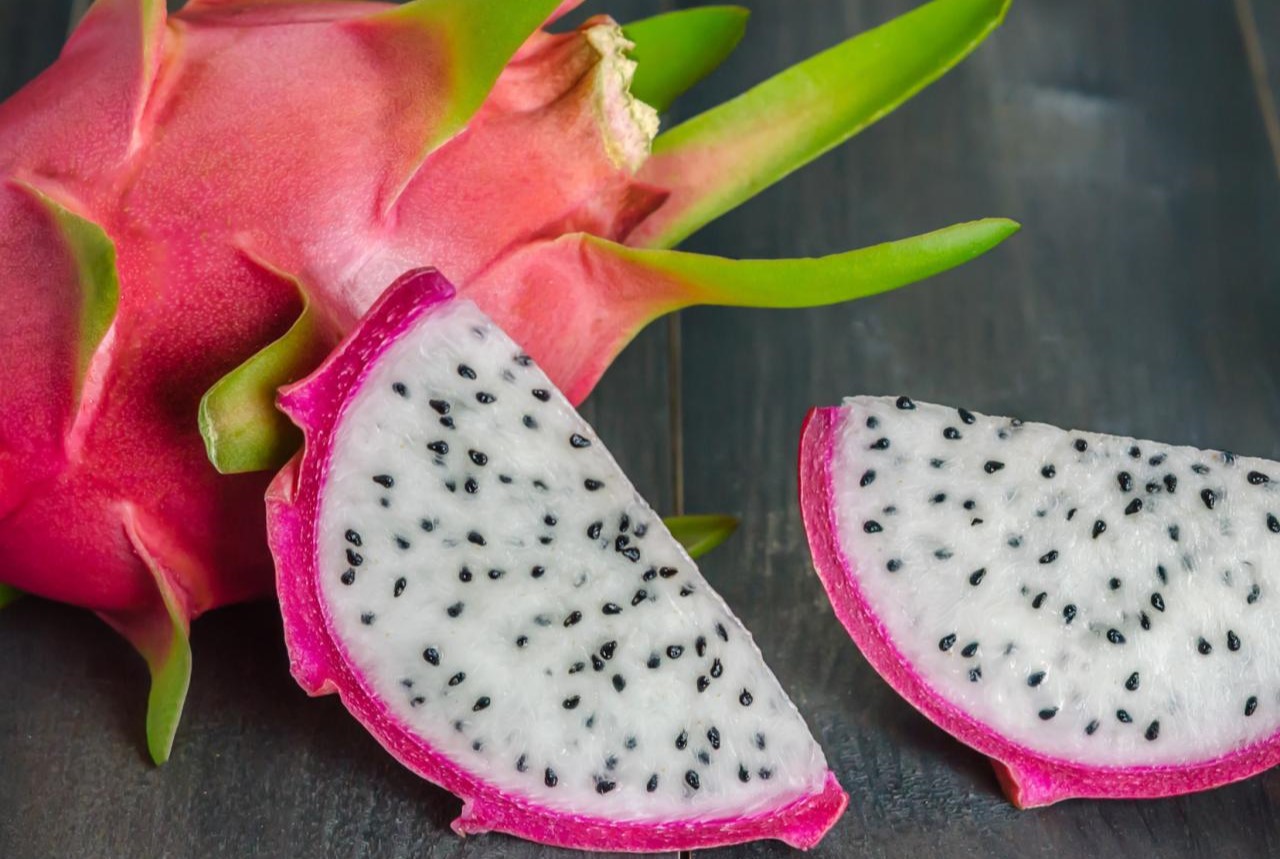
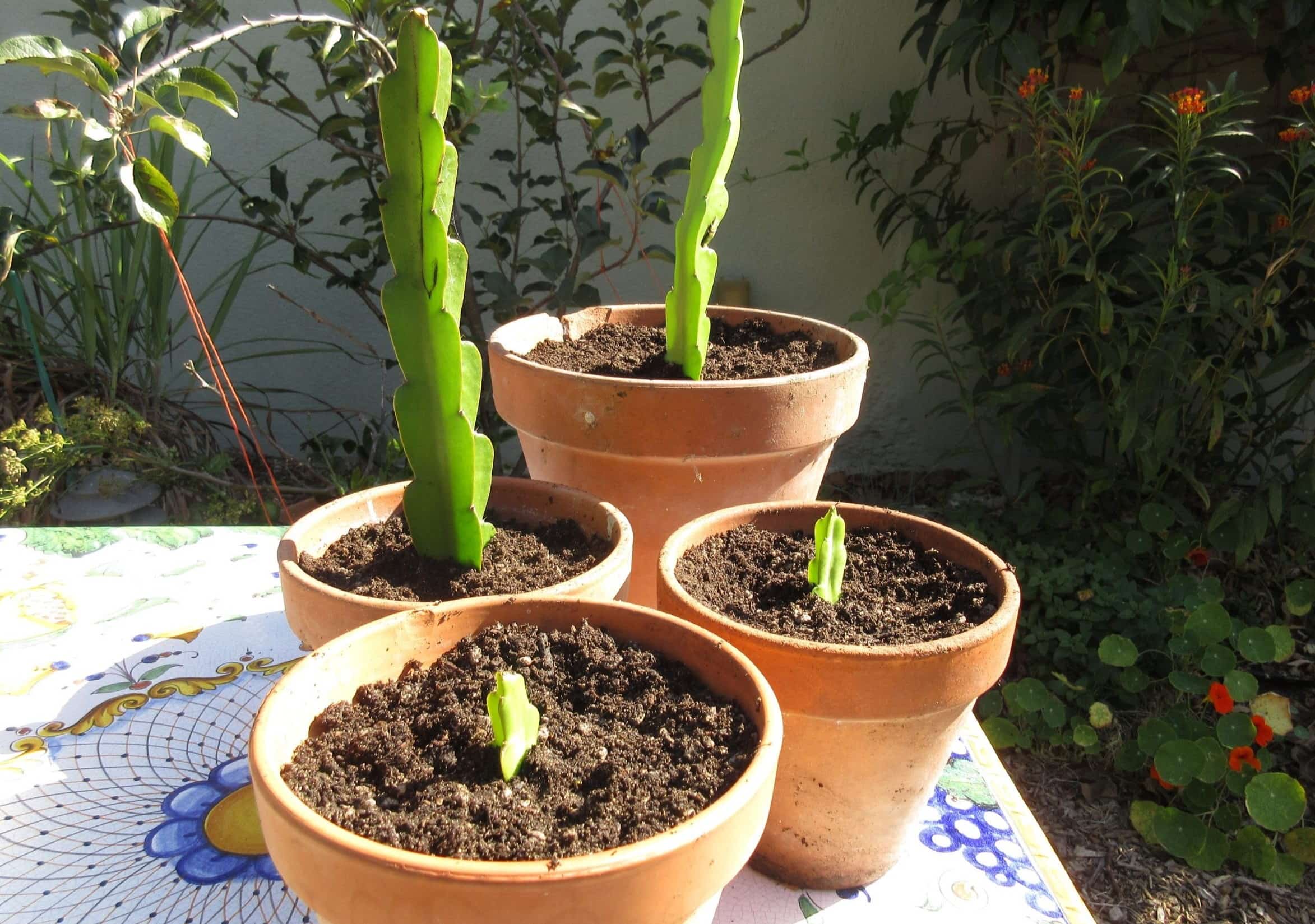
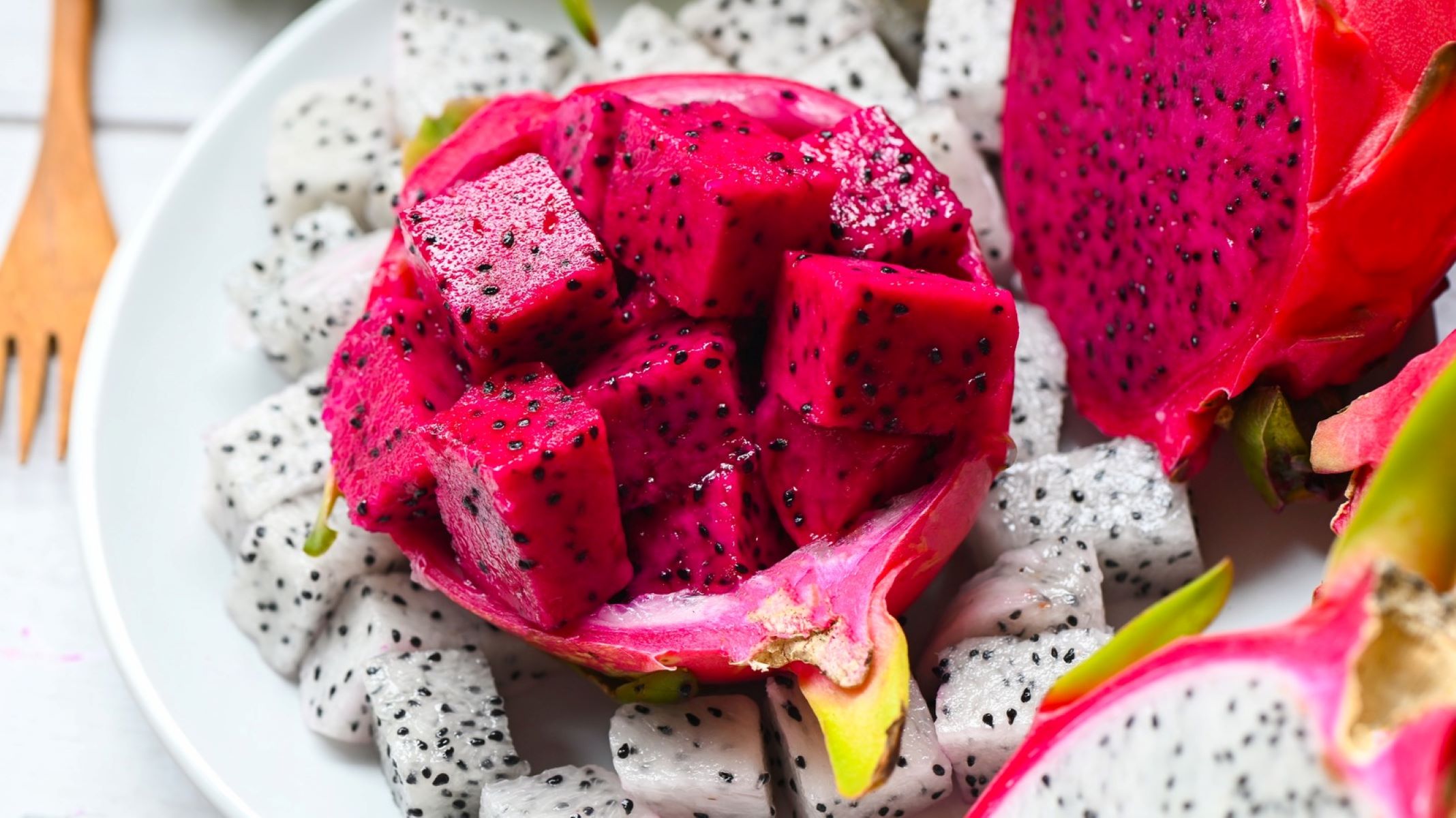
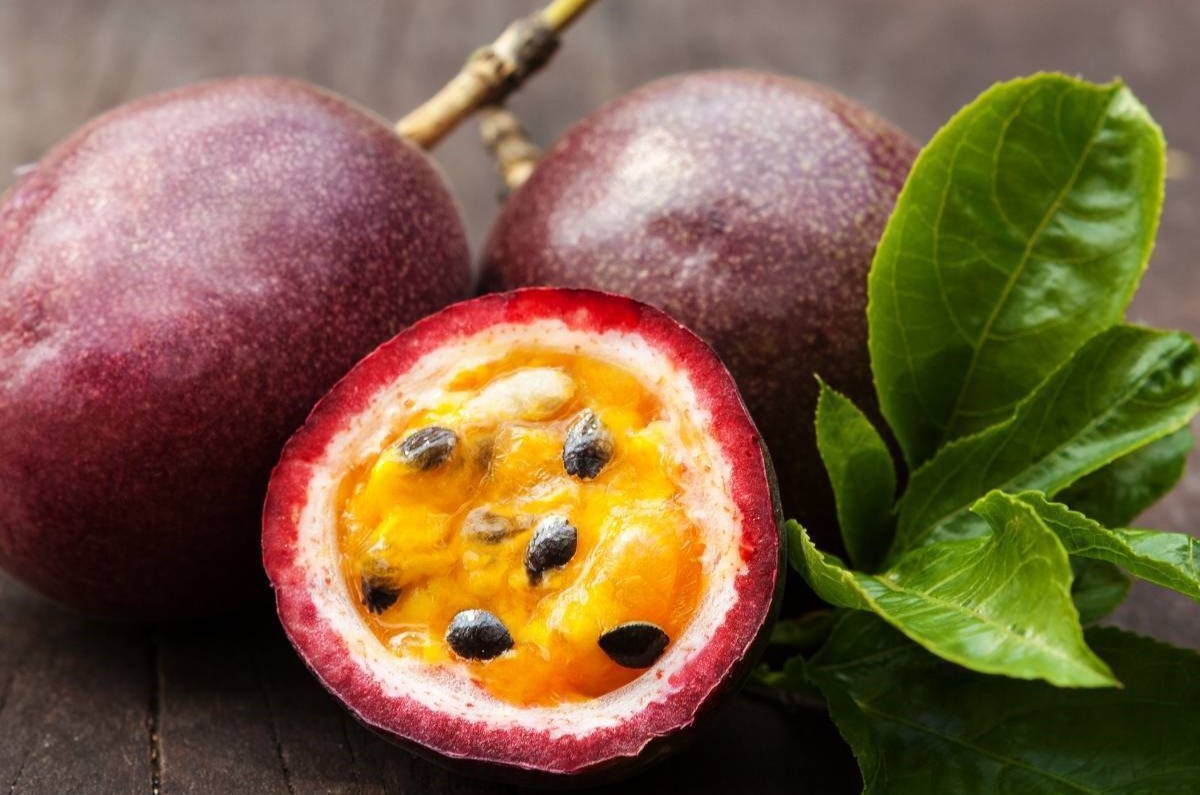

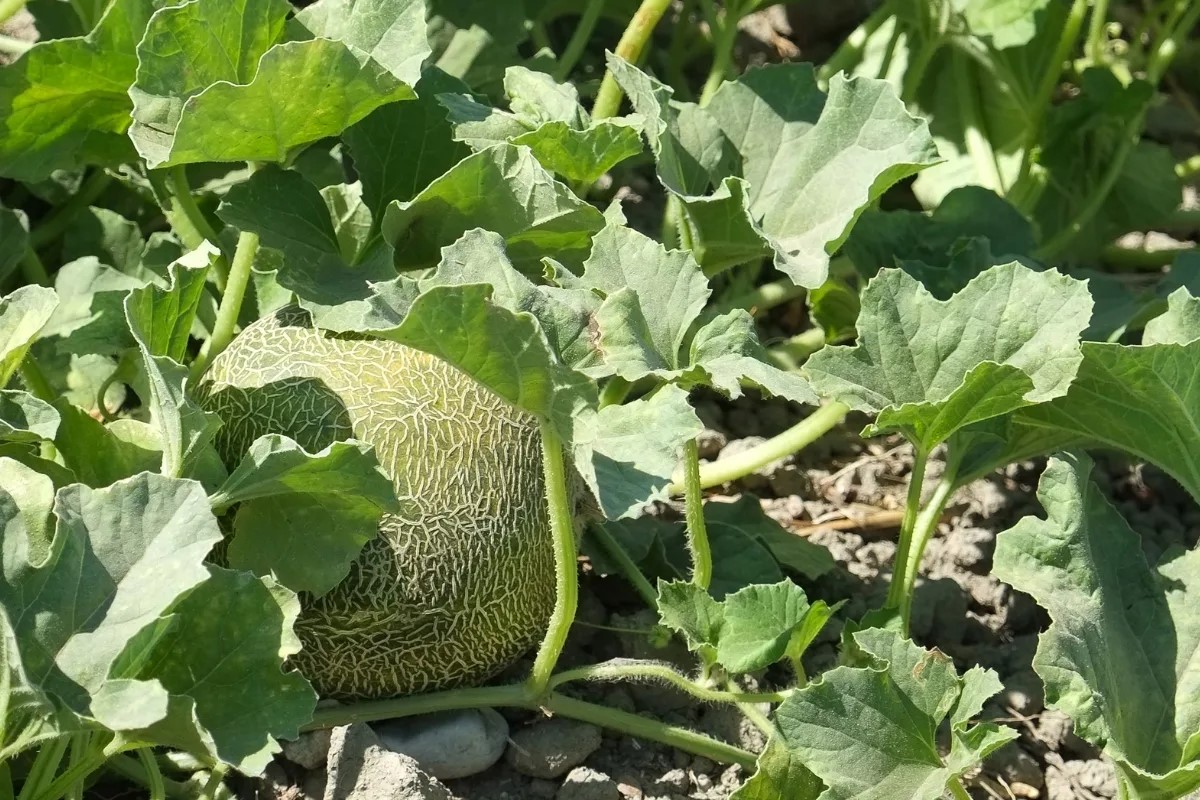
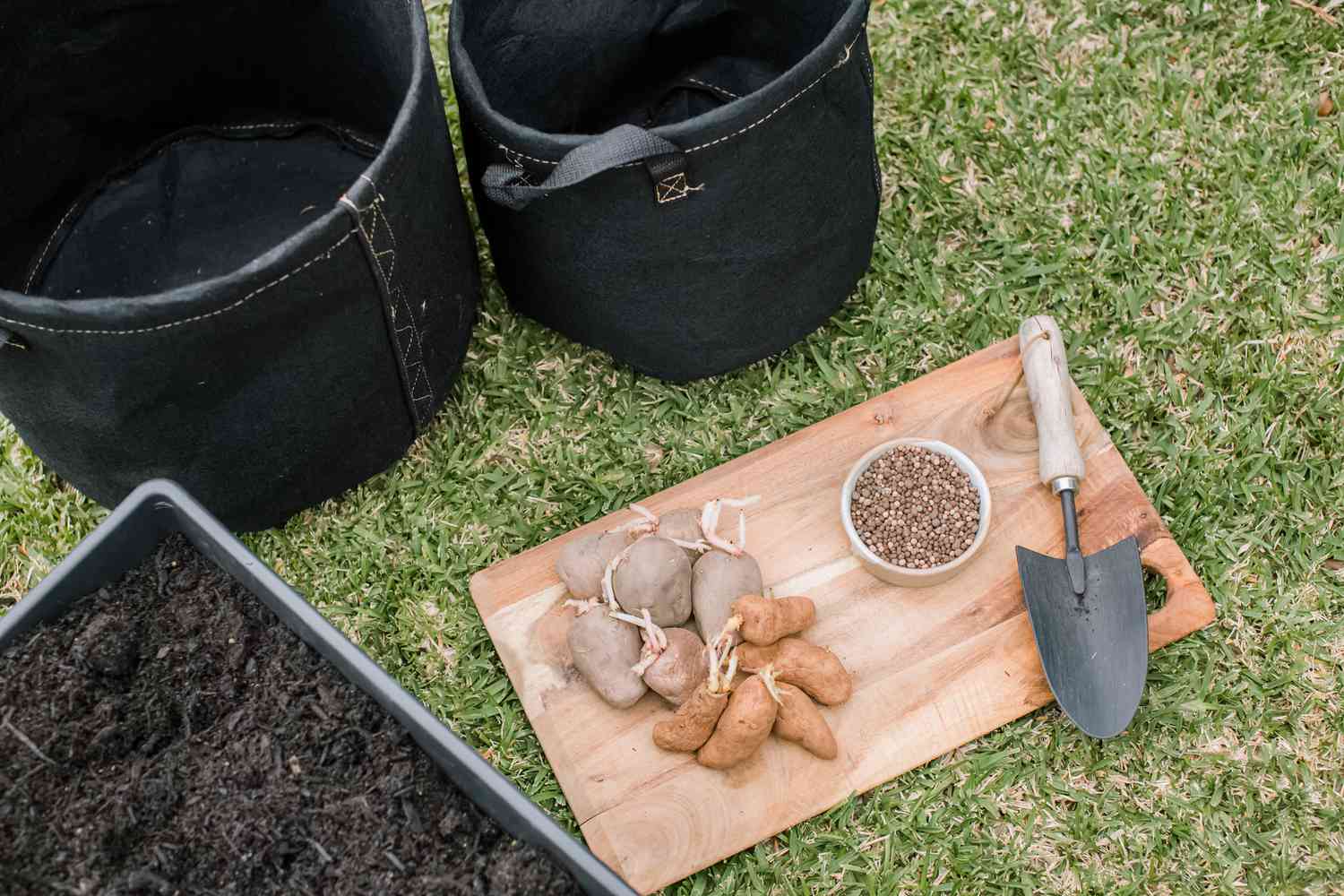

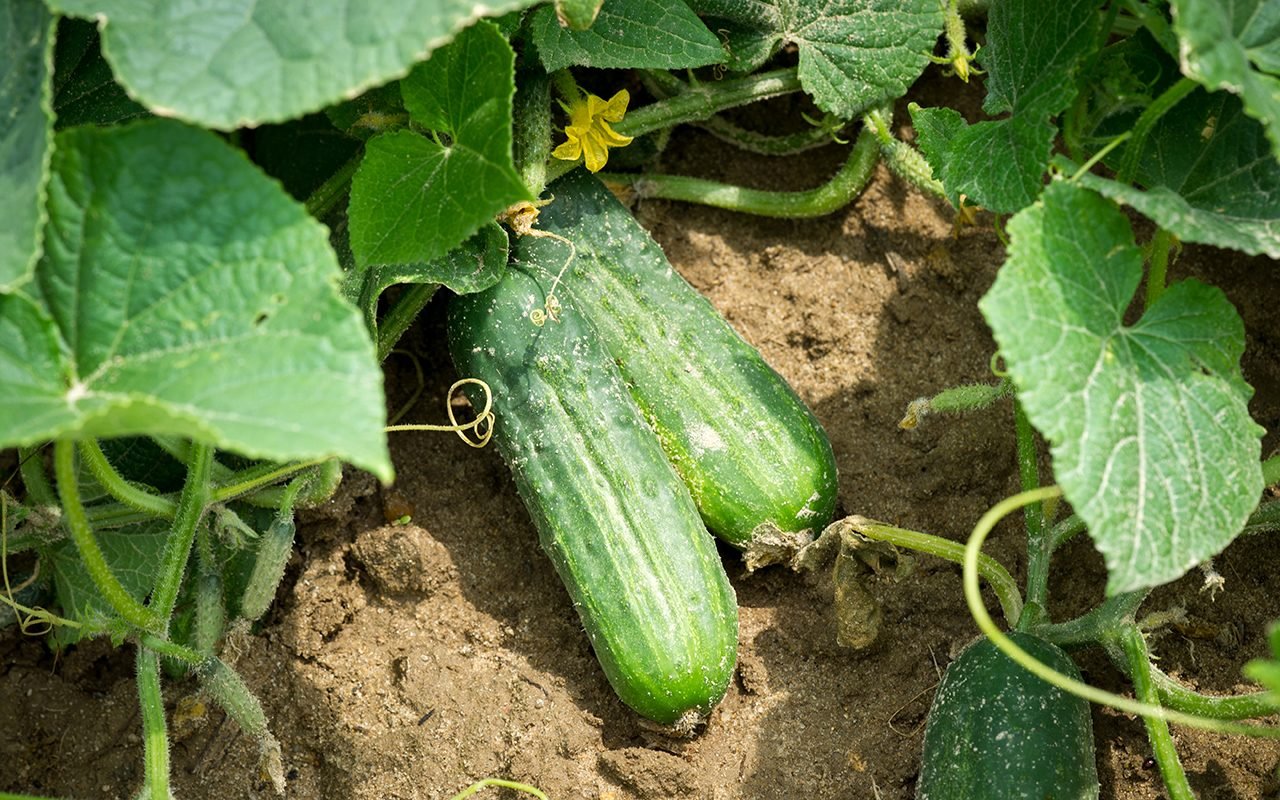
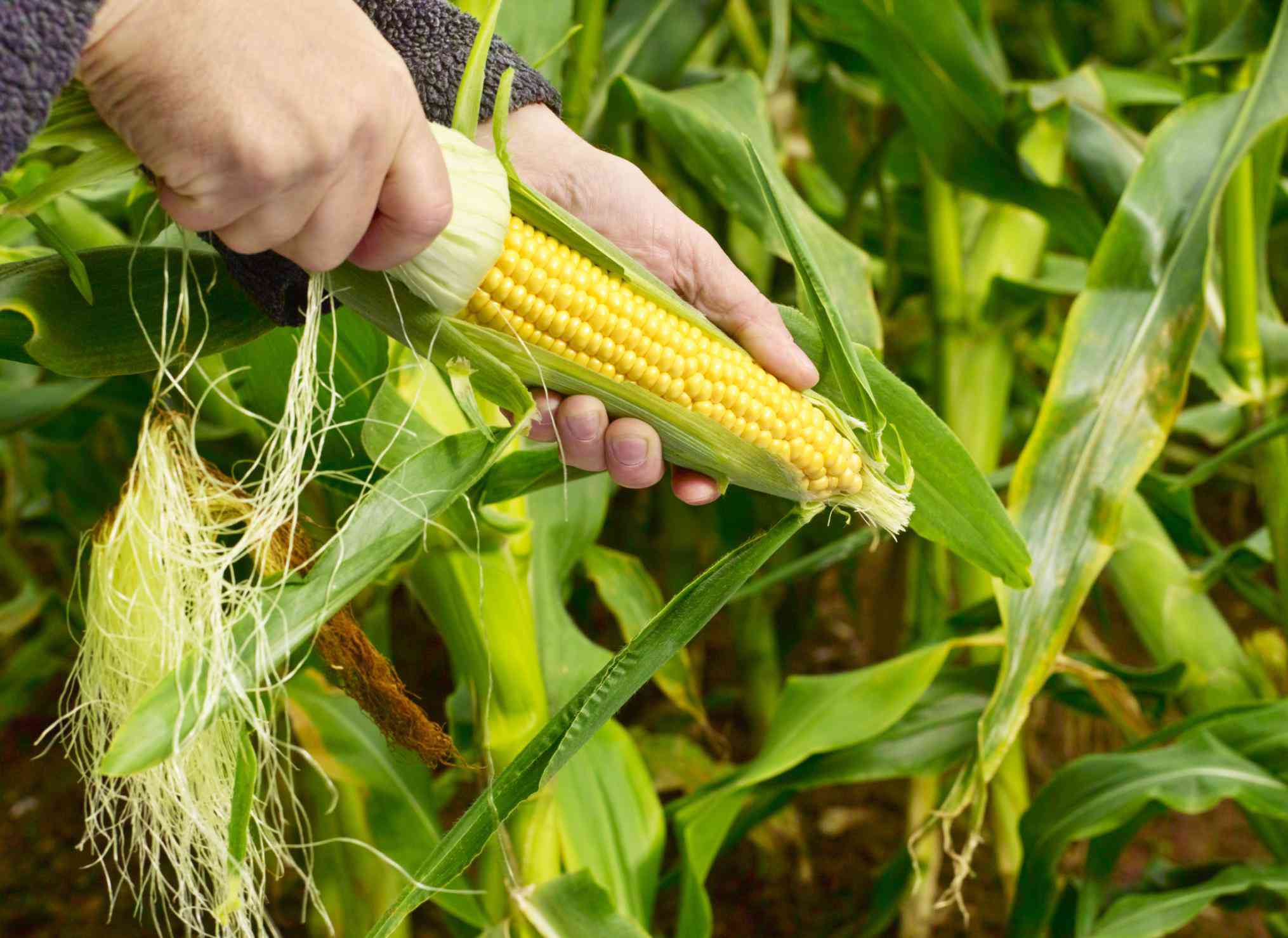
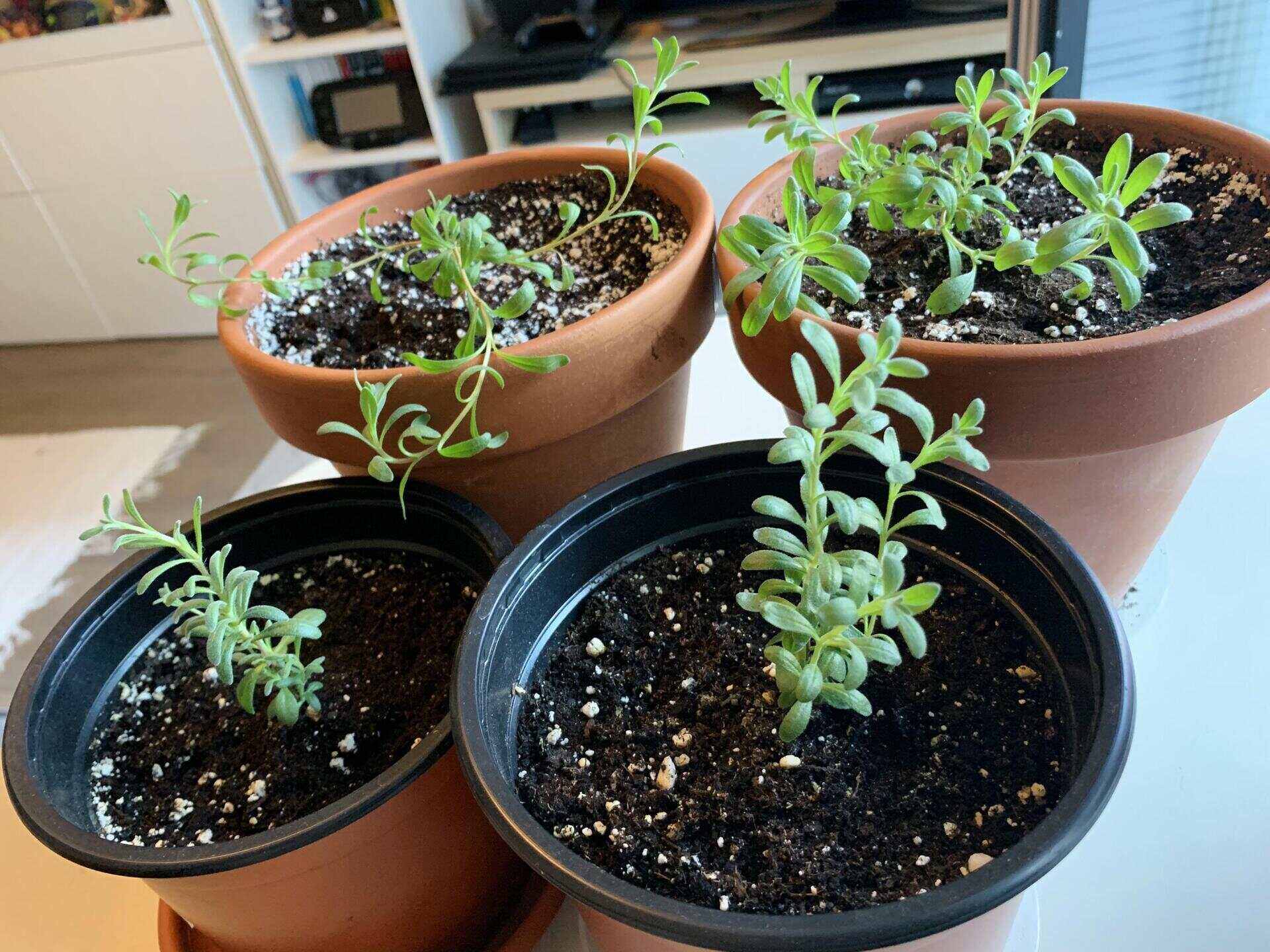
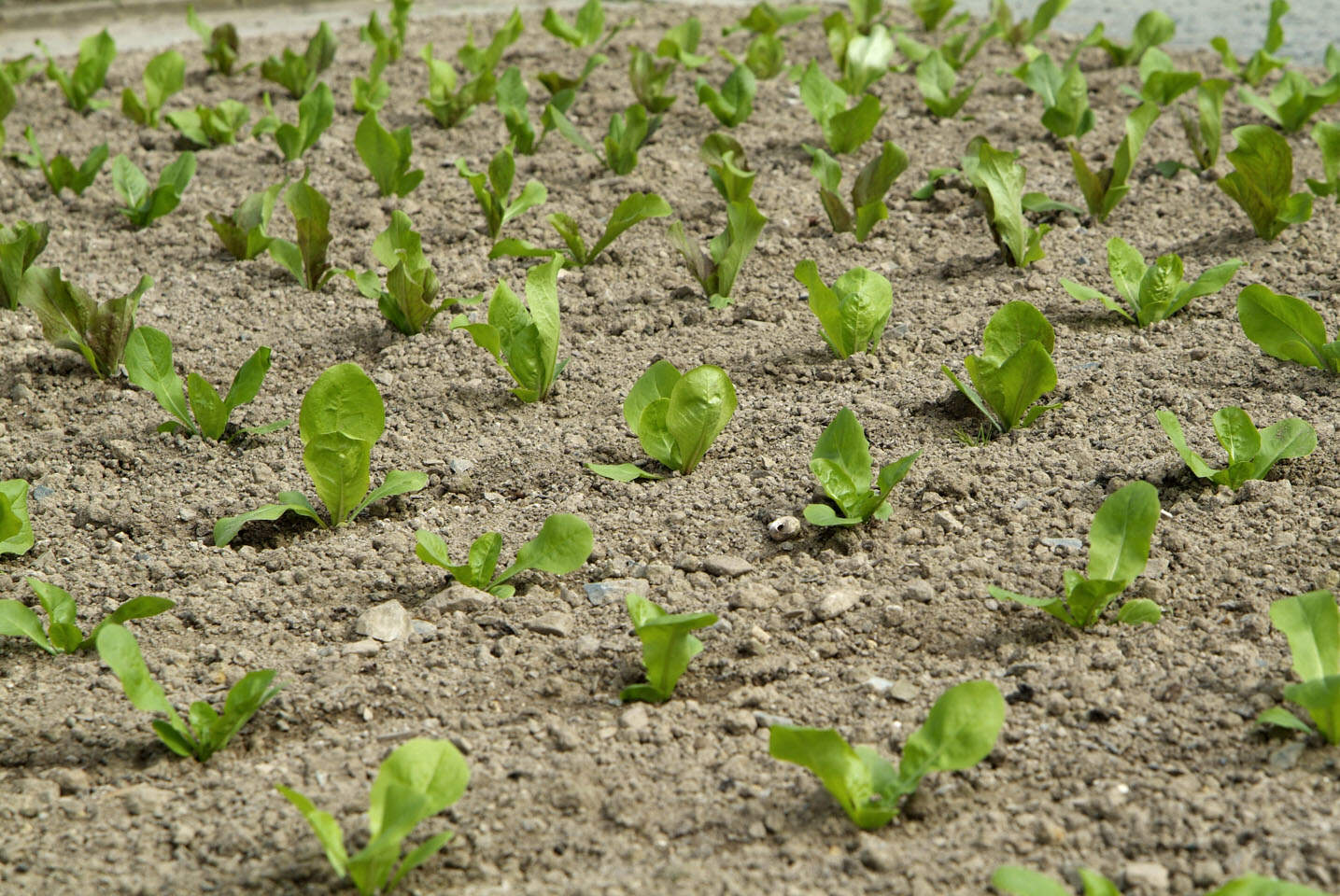
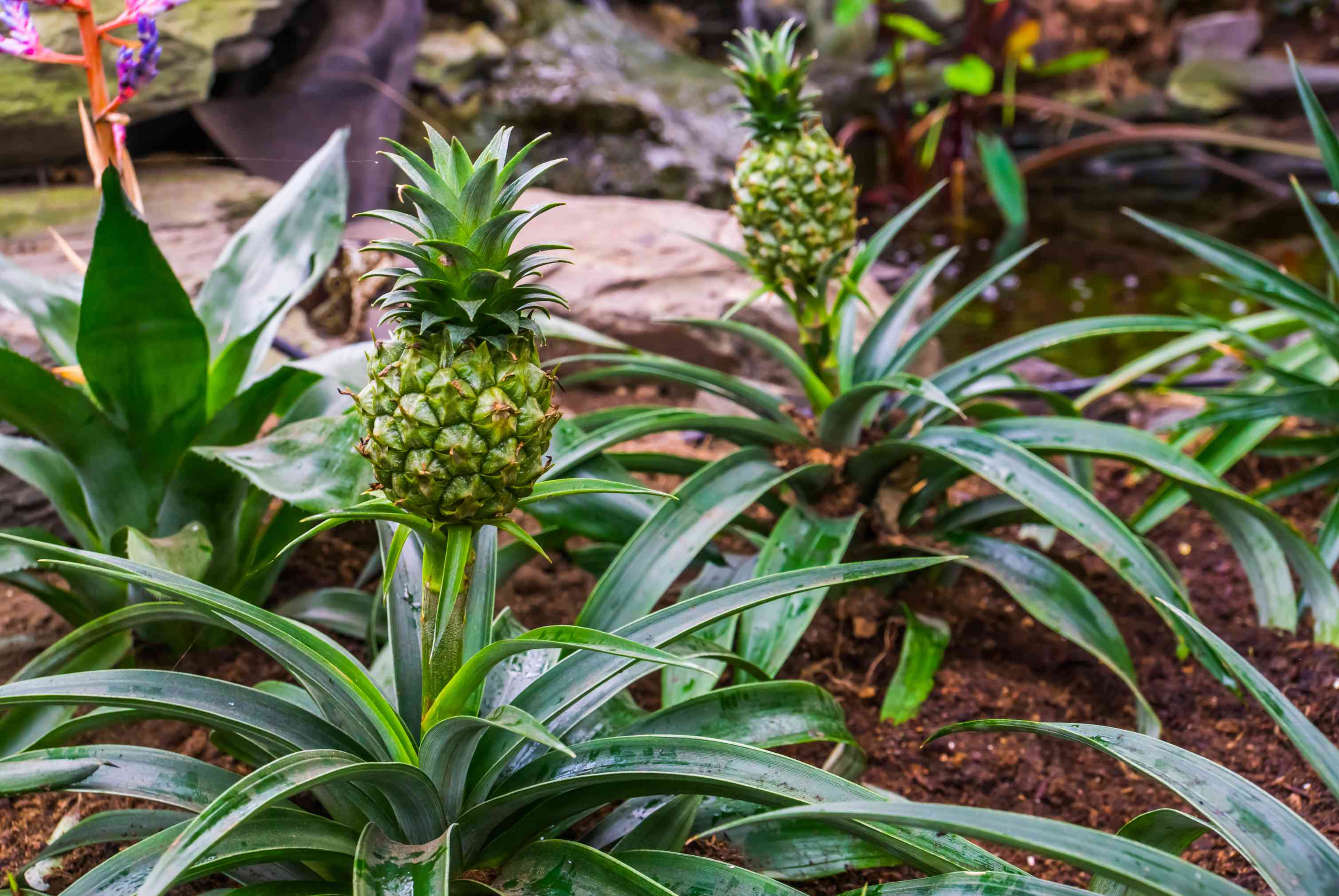

0 thoughts on “How Long To Grow Dragon Fruit From Seed”